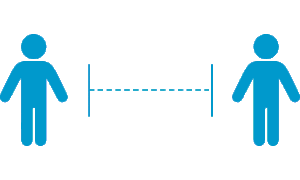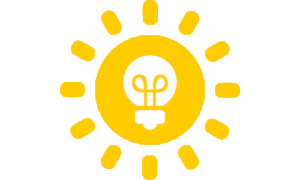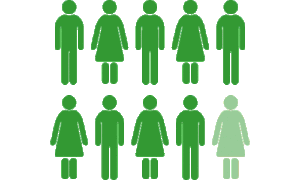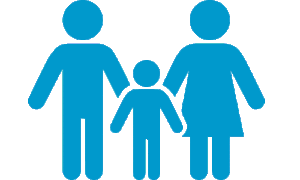The “summer slide” is what often happens to disadvantaged children during the summer months. They tread water at best or even fall behind, while higher-income children build their skills steadily over the summer months.
Elementary school students with
high levels of attendance
(at least five weeks) in voluntary summer learning programs
experience benefits in math and reading.

High-quality summer programs improve
math and reading skills, and also build critical social and emotional skills of students. These are skills that will help them not only in school but also in their careers and life.

The achievement gap between children from high- and low-income families is roughly thirty to forty percent larger among children born in 2001 than among those born twenty-five years earlier.

Research shows that high-quality summer programs can make a difference in stemming learning loss and closing the country’s educational and opportunity gaps.

9 in 10 teachers spend at least three weeks re-teaching lessons at the start of the school year.
Access to and Demand for Summer Programs

51% of families not participating in a summer program say they would if one was available to them.

Of families who pay for summer programs, the average weekly reported cost is $288 per child per week.
Summer Health and Nutrition for Kids

In July 2017, only 1 IN 7 children who ate a free or reduced-price school lunch during the 2016-2017 school year were reached by the federally-funded Summer Nutrition Programs, which include the Summer Food Services Program and the National School Lunch Program.

Minority children gain weight up to twice as fast during the unstable months of the summer as during the school year.
Summer Jobs, Summer Melt and Older Youth

Without summer counseling and support,
one-third of first generation college attenders fall victim to the “summer melt” and fail to enroll in the fall, even after being accepted.

Waiting lists for summer youth jobs are in the thousands in most major cities, despite promising findings around reduced crime and mortality rates for participants.

